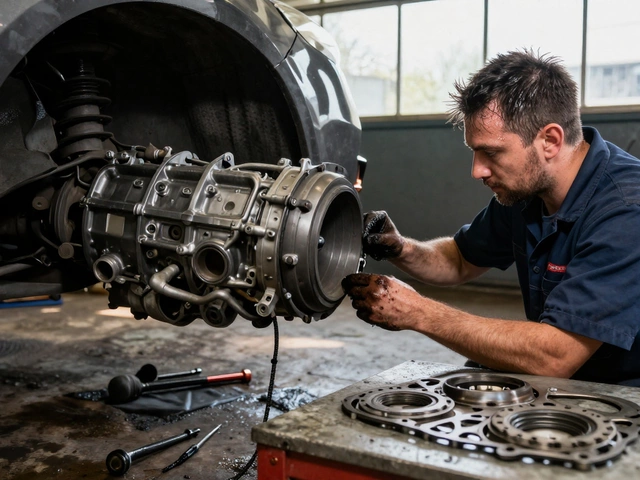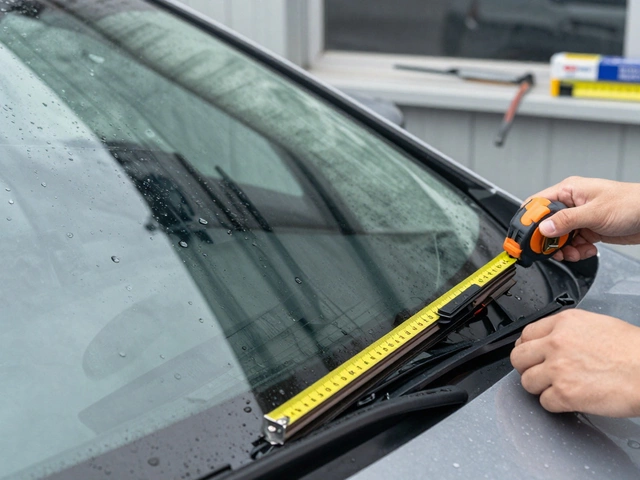Diagnose Car Problems: Spot Issues Early and Save Money
When you diagnose, the process of identifying what’s wrong with your car using observable symptoms and simple tests. Also known as car diagnostics, it’s not just for mechanics—it’s something every driver should know how to do. Skipping this step can turn a $50 fix into a $500 repair. A loose gas cap, a weak battery, or a worn shock absorber might seem small, but they all send signals your car is struggling. Learning how to read those signals saves time, money, and stress.
Most car problems start quietly. A fuel pump, the component that pushes gasoline from the tank to the engine doesn’t usually die all at once. It sputters, stutters, or fails to start when hot. A brake rotor, the metal disc that brake pads clamp down on to stop the car doesn’t crack overnight—it wears thin, then vibrates, then groans. And shock absorbers, the parts that smooth out bumps and keep tires on the road don’t just break—they lose their grip on control, making your car feel floaty or bouncy. These aren’t random failures. They’re patterns. And if you know what to look for, you can catch them before they cost you.
Diagnosing isn’t about guessing. It’s about connecting the dots between what you feel, hear, or see—and what it means. A grinding noise when braking? Likely worn pads or warped rotors. A check engine light with a fuel smell? Could be a failing fuel pump or leak. A car that pulls to one side? Maybe uneven tire wear from bad shocks. You don’t need a scanner to spot these. You just need to pay attention. And you don’t need to fix everything yourself—just know when to call a pro before the problem gets worse.
Below, you’ll find real, practical guides that walk you through exactly how to diagnose the most common car issues. No theory. No fluff. Just what to look for, what tools you need, and what to do next—whether you’re checking your oil level, testing your battery, or deciding if your rotors need replacing. These aren’t guesses. They’re steps real drivers use to avoid being taken for a ride.





